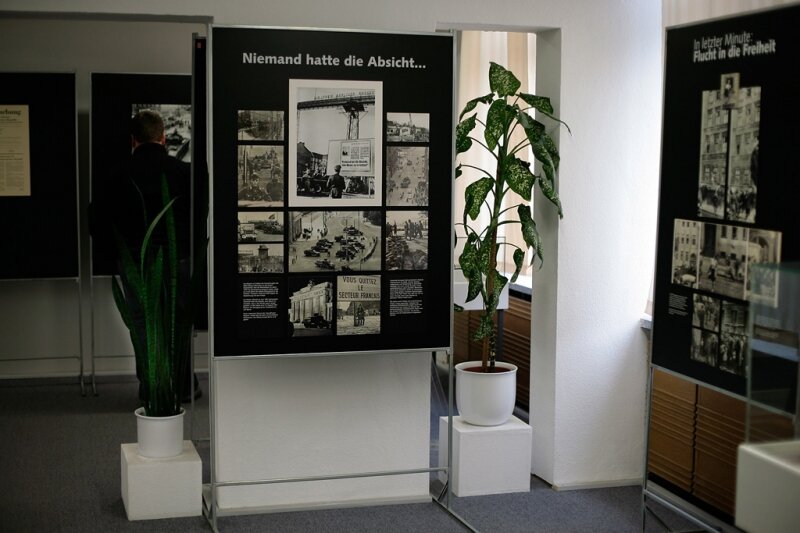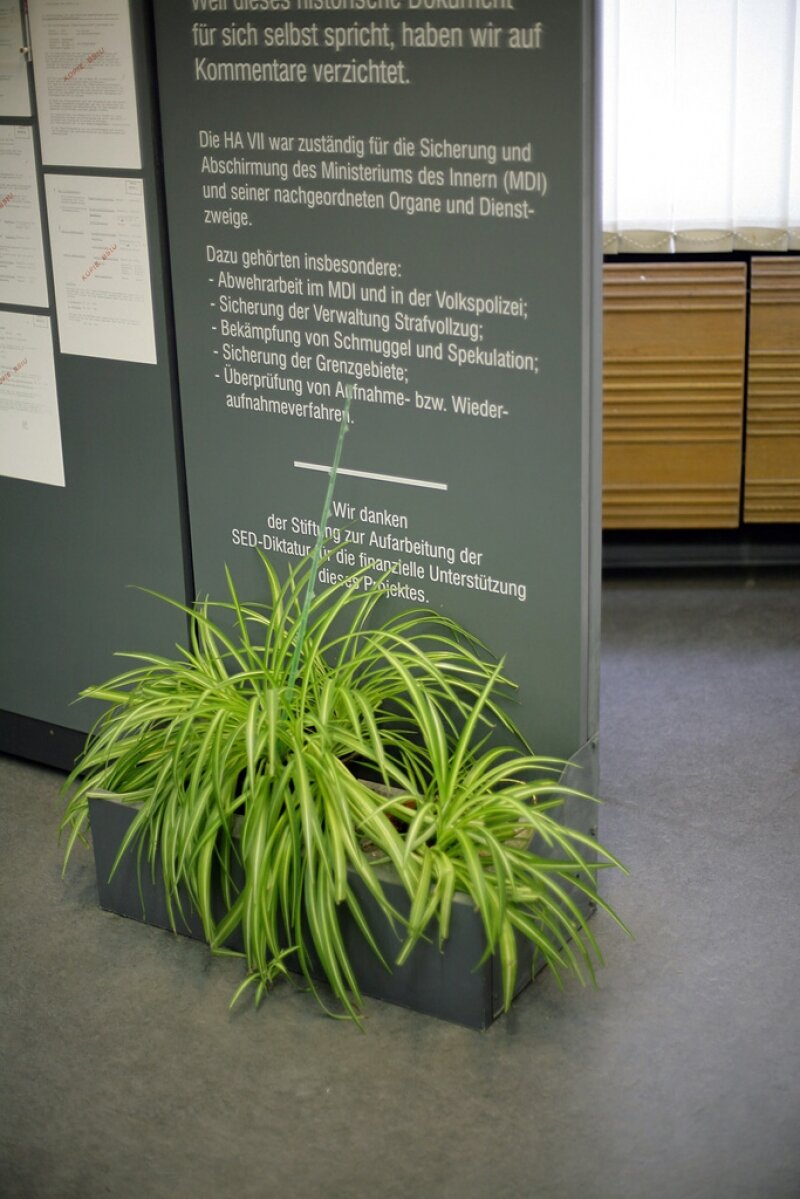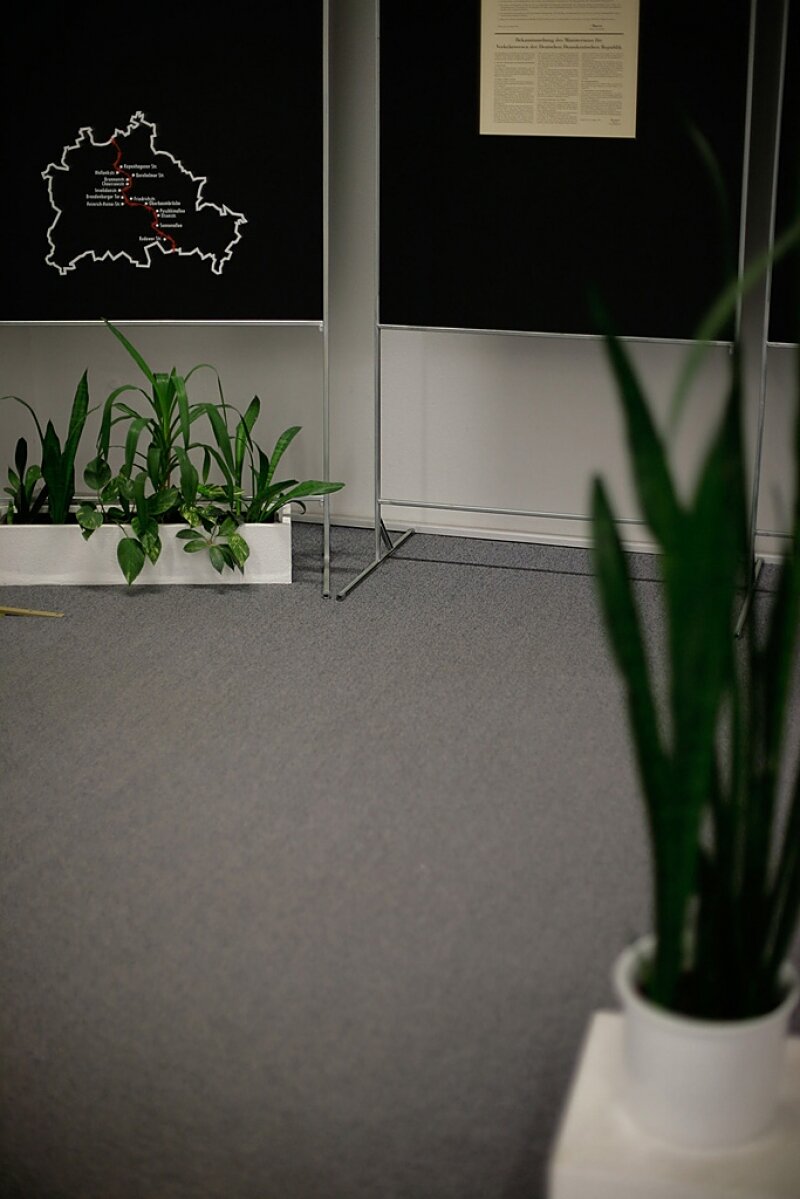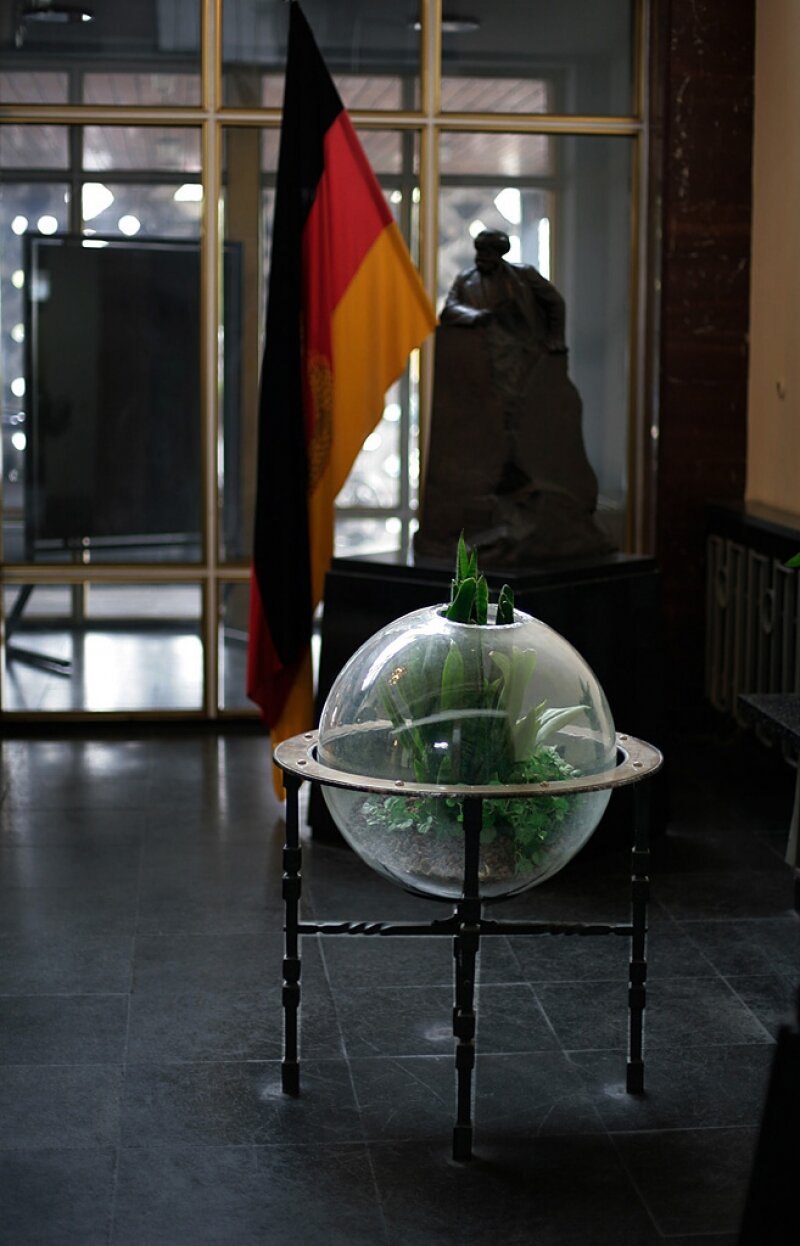
The Stasimuseum in Berlin is full of silent witnesses that give the viewer a glimpse of the doings of the former Ministerium für Staatssicherheit of the DDR. From the piece of cloth on which citizens were forced to record the scent of their sweaty hands, to the jacket button that doubled as the control switch for a hidden camera, to the rock containing listening devices to be placed behind park benches.

Initially, these veritable silent witnesses seem to be props for the permanent exhibition. For decades they’ve been quiet and unobtrusive and their secrets only gradually penetrate consciousness. But if they could talk, their stories would likely reveal more than many a speaking witness.
What intimate conversations did the mother-in-law’s tongues on Minister Erich Mielkes’ secretary’s desk listen in on? And how many silent reproaches have the sansevierias at the entrance to his office endured? The green ensemble in the boardroom, how many strategic decisions has it felt disgusted by? Approved by? And what do the three dracaenas make of their transfer from the once peaceful bedroom to the bustle of the exhibition space where guides and visitors create their own stories?
One can tell from their stature, species, and the vessels that hold them that they are, indeed, well into old age. Sometimes their leaves still rustle from everything they’ve seen and heard. But even now, in their new place within the museum, having moved from room to room many times, their testimony grows greater yet.


